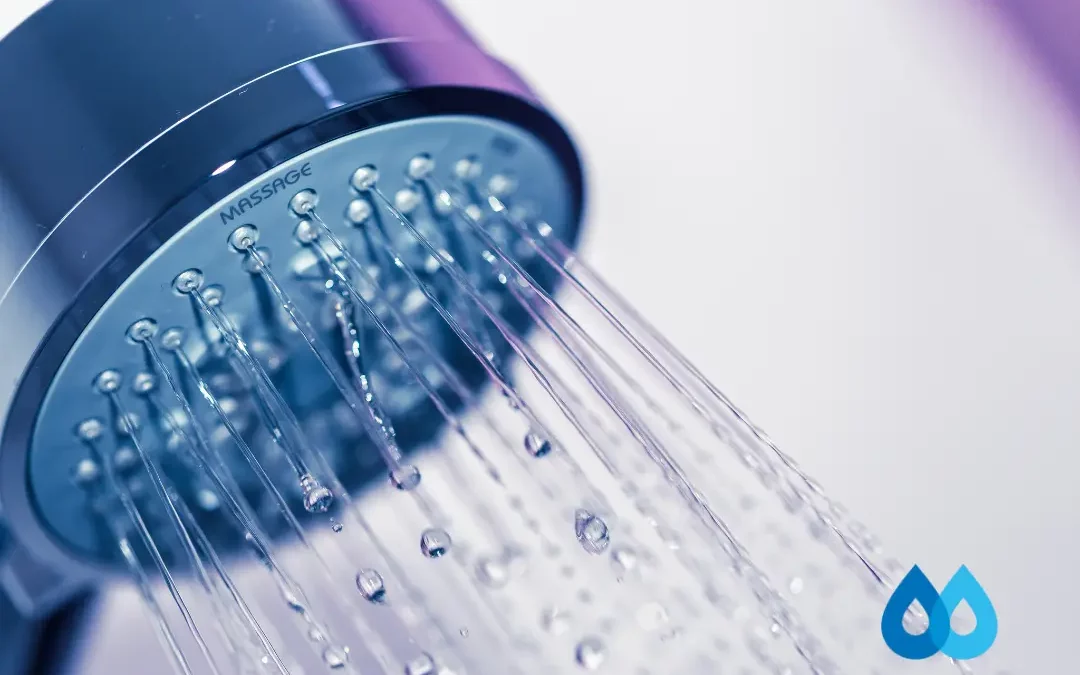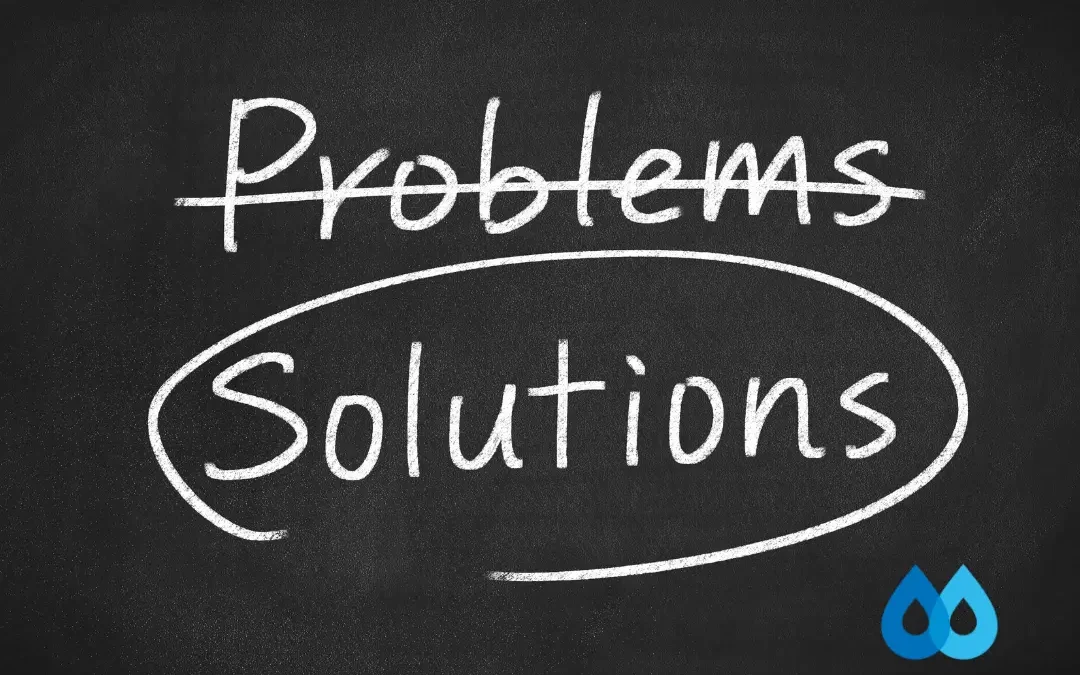Recently it came to the attention of residents in a small community in Texas that their water supply was tainted with arsenic. And not just mildly tainted, it had levels of arsenic that exceed the levels set by the Environmental Protection Agency. Residents in Cyndie Park, Texas were unaware of the high levels of arsenic, they say they have never seen a notice or been informed by the water co-op, as required by the state. Paying for drinking water is one thing but paying for drinking water that isn’t even considered safe to drink, is another.
This rural community is one of 121 public water systems in Texas serving more than 130,000 people drinking water that violates a federal arsenic rule that went into effect in 2001. In 2001, the EPA lowered the maximum level of arsenic permitted in drinking water from 50 micrograms per liter to 10 micrograms per liter. Drinking water with levels higher than this poses a greater health risk. In fact, long term exposure to arsenic can cause cancer and circulatory problems that mimic the effects of diabetes. Young children, elderly, and those with serious health problems are at even greater risk.
Arsenic is a toxic chemical element that is unevenly distributed in the Earth’s crust in soil, rocks and minerals. Arsenic in ground water is largely the result of minerals dissolving from weathered rocks and soils; however it can also enter from agricultural and industrial practices. This particular Texas community is surrounded by acres of farm land.
These rural communities are just an example of what can be going on all over the United States in communities that serve fewer than 3,300 people. Those small communities were given an extension until 2015 to comply with the new EPA standards regarding arsenic. That’s a long time to continue to serve water that isn’t safe to drink. The main problem seems to be funding for these little areas to change the water source, partner with another water system, or upgrade and install new filters or a water treatment device. Any cost would be passed on to the customers, many of whom are on fixed incomes and already have a difficult time paying their water bill.
With our current economy, many cannot afford changes in monthly bills. However, we definitely cannot afford medical bills from drinking water that isn’t safe. We simply must have safe drinking water. In these small areas where that seems to be impossible, the responsibility lies with individuals. Fortunately, there are many home water treatment systems available both for purchase and for lease.
Arsenic can be removed from drinking water by ion exchange, chemical filtration systems, membrane separation systems and absorptive media. Among the ion exchange system is the home drinking water system with RWI Water Systems Technology ®. This system also has a Dial-A-Taste ®control that allows the consumer to customize the taste of their water. The chemical filtration systems include the always popular reverse osmosis systems. This system will consistently produce water that is as good as or better than bottled water and do it more economically. These systems can change your life.
We have to drink water, it’s a fact of life, but we don’t have to drink water that isn’t safe. It is important to know what our drinking water has in it and then decide what we can do about it. We are in control of what we drink so long as we are informed. It might cost us more than we planned to guarantee the safety of our water, but that cost would be far less than the potential medical cost we could see with constant exposure to arsenic.



